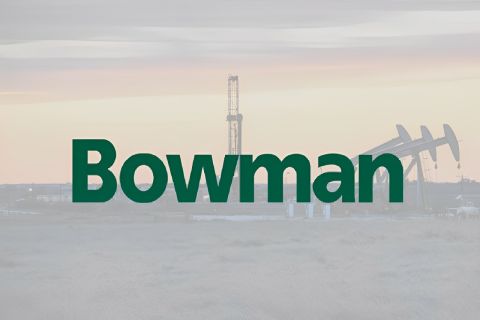Returning to any annual event the following year can be enlightening. I don’t know about you, but opening sessions tend to stick in my memory, and the often bold soundbite statements made by various VIPs as they set the tone for the rest of an event can often sound more than hollow a year on.
At the 2015 edition of the Subsea Expo event in Aberdeen, Scotland, I recall one oil company keynote speaker commenting, “We should not waste a good crisis. It’s time to show that we are making progress. It’s time to get back to basics and do the basics well.”
To be honest, we’ve probably all heard similar statements made at various events around the world over the past year. There’s nothing like quoting a good quote to get quoted, my PR friends tell me.
But it is clear that the industry is not wasting this crisis—it has no choice if it wants to survive and eventually thrive once again.
At this year’s Subsea Expo one plenary session speaker pointed out that for the U.K. North Sea, cutting development costs by 50% would unlock at least 150 small fields and kick-start an estimated $20 billion of project investment. Matt Nicol, director of production and nonoperated assets at U.K. operator Centrica, added that a 50% cost reduction would drop the average economic minimum for these small pools to 6 MMboe and eventually achieve production of about 1 Bboe of extra reserves in total.
Centrica’s own internal cost-reduction program, which Nicol said was dubbed the “Hackathon,” saw its close work with suppliers on potential new solutions succeed in cutting the costs on some projects by up to 52%.
Similar evidence has seen Statoil confirm it has reduced the forecast capex for its presanction Johan Castberg project offshore Norway by about half, from an eye-watering $11 billion to between $5 billion and $6 billion.
Chris Bird, managing director of MOL Energy UK, added that with the industry having let its offshore costs soar “by between 200% and 300% over the last five years,” such measures are a must—but still not enough. The U.K. North Sea is “not an investable basin at present, and it cannot just rely on the oil price to come back up,” he said.
So Centrica’s work, and that of all operators both onshore and offshore, is far from done—but crucially, it is being done.
Last year it all sounded like the same old lip service being paid to what needed doing. This year the upstream sector is clearly turning those words into quantifiable action, although it’s by necessity rather than choice. In a year’s time we will know whether the industry has walked far enough.
Recommended Reading
Bowman Consulting to Manage, Monitor Delaware Basin Wells
2024-10-14 - Bowman Consulting Group’s scope of work includes conducting detailed field surveys of above-ground infrastructure assets across well sites of up to to 8 acres.
DNO Makes Another Norwegian North Sea Discovery
2024-12-17 - DNO ASA estimated gross recoverable resources in the range of 2 million to 13 million barrels of oil equivalent at its discovery on the Ringand prospect in the North Sea.
Wildcatting is Back: The New Lower 48 Oil Plays
2024-12-15 - Operators wanting to grow oil inventory organically are finding promising potential as modern drilling and completion costs have dropped while adding inventory via M&A is increasingly costly.
DNO Discovers Oil in New Play Offshore Norway
2024-12-02 - DNO ASA estimated gross recoverable resources in the range of 27 MMboe to 57 MMboe.
Freshly Public New Era Touts Net-Zero NatGas Permian Data Centers
2024-12-11 - New Era Helium and Sharon AI have signed a letter of intent for a joint venture to develop and operate a 250-megawatt data center in the Permian Basin.
Comments
Add new comment
This conversation is moderated according to Hart Energy community rules. Please read the rules before joining the discussion. If you’re experiencing any technical problems, please contact our customer care team.





